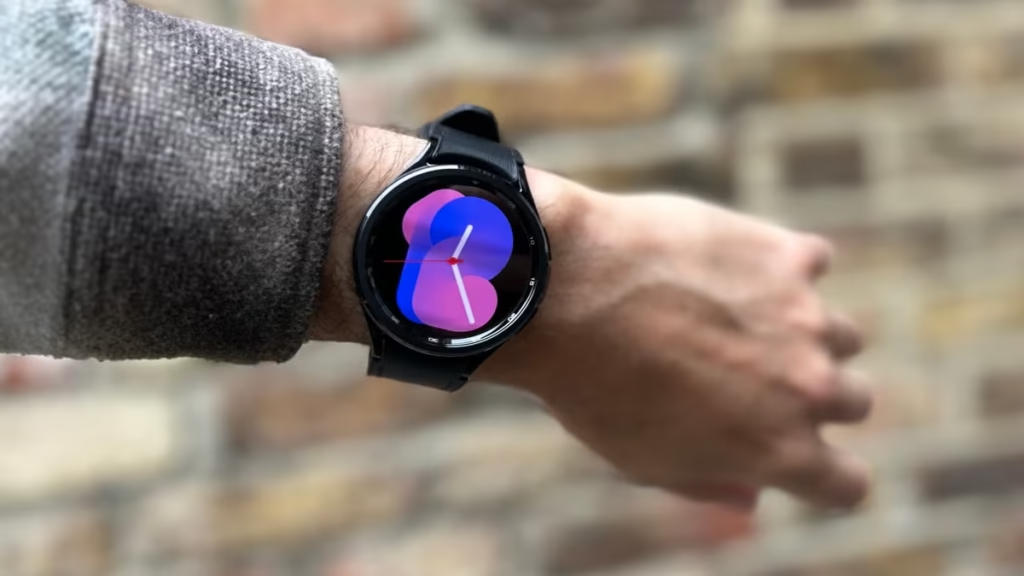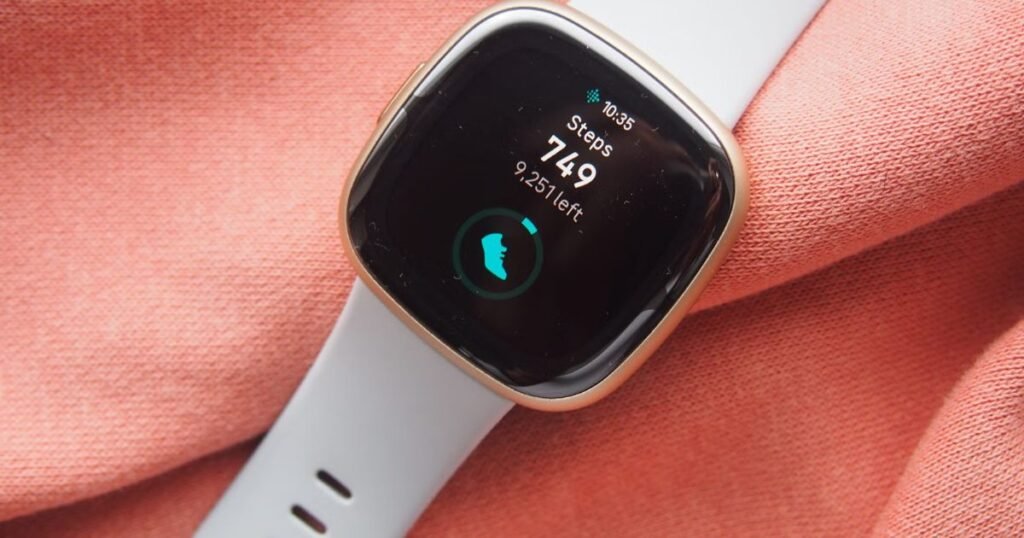
Choosing the best smartwatches for 2025 means finding a balance between cutting-edge features, sleek design, and reliable performance. As the technology continues to mature, manufacturers are competing to offer enhanced health tracking, robust battery life, and versatile apps—all packed into stylish wristwear. If you’re curious about the basics and historical evolution of these devices, feel free to check out our comprehensive guide on what is a smartwatch. In this article, we’ll explore why smartwatches are worth your attention, the key features to watch for, and our top recommendations for the year ahead.
Why Smartwatches Matter More Than Ever
Smartwatches have evolved far beyond simple notification devices. They have become comprehensive health and productivity tools, making them essential for fitness enthusiasts, busy professionals, and casual users alike. Below are just a few reasons why their popularity has soared:
- Health Monitoring: From basic step counting to advanced ECG (electrocardiogram) readings and blood oxygen tracking, modern smartwatches offer in-depth health metrics. This helps wearers keep tabs on their overall wellness and detect potential issues early.
- Personalized Coaching: Many devices incorporate AI-powered coaching, suggesting workouts and daily activity goals based on your fitness profile. These features can be incredibly motivating and help users develop healthier habits.
- Productivity on the Go: Smartwatches allow you to manage calls, messages, and calendars without fishing out your phone. With features like quick replies and voice commands, you can stay connected and informed—even in the middle of a workout or meeting.
- Fashion and Personalization: In 2025, style is as important as function. Interchangeable bands, customizable watch faces, and sleek designs ensure your smartwatch complements your personal look.
According to a recent study by IDC, the global smartwatch market is expected to maintain a steady growth of over 10% annually, fueled by rising consumer demand for health-focused innovations and seamless smartphone integration. This upward trend underscores the relevance of these devices in everyday life.
Key Features to Look For in a Smartwatch
Before diving into our top picks, it’s important to identify the key factors that differentiate a run-of-the-mill wearable from a truly top-tier smartwatch:
- Operating System Compatibility
- If you’re an iPhone user, an Apple Watch might offer the best integration (iMessage, Apple Health, etc.).
- Android users often prefer Wear OS or Samsung’s Tizen-based solutions, though many brands support multi-platform pairing.
- Fitness and Health Tracking
- Heart-rate monitoring, ECG capabilities, blood oxygen sensors, stress tracking, and sleep analysis are now common in flagship models.
- Look for reliability and consistency in readings, as well as robust companion apps that interpret the data.
- Battery Life
- Battery performance can vary from 1–2 days on high-power watches to 5–14 days for more power-efficient models (e.g., some Garmin or Fitbit devices).
- Consider how often you’re willing to recharge versus how intensively you plan to use features like GPS or continuous heart-rate tracking.
- Durability and Water Resistance
- If you’re into swimming, hiking, or extreme sports, opt for a model with high-grade materials, such as scratch-resistant glass and robust metal or composite cases.
- Many top-tier options offer 5 ATM water resistance, meaning they can handle splashes, showers, and even recreational swimming.
- Connectivity Options
- Advanced watches include LTE or cellular connectivity, so you can make calls and stream music without your phone nearby.
- Bluetooth and Wi-Fi are standard, but check for NFC if you plan to use your watch for contactless payments.
- App Ecosystem and Customization
- A wide range of apps and third-party integrations can greatly enhance your watch’s functionality.
- Customizable watch faces, widgets, and complications let you tailor the display to your preferences.
Top Picks: Best Smartwatches 2025
Below is our curated list of the best smartwatches for 2025. Each has been evaluated for design, functionality, battery life, and user experience.
1. Apple Watch Series 9

Why It Stands Out
The Apple Watch Series 9 maintains Apple’s legacy of blending sleek design with robust health-tracking capabilities. The watch offers advanced heart health alerts, continuous ECG readings, and seamless integration with the broader Apple ecosystem.
- Key Features:
- Enhanced chipset for faster app launches.
- Upgraded sensors for more accurate heart-rate and blood oxygen monitoring.
- Always-On Retina display with improved brightness.
- watchOS exclusive apps and watch faces tailored for fitness, productivity, and lifestyle.
- Pros:
- Smooth integration with iOS devices.
- Polished design and premium materials (aluminum, stainless steel, or titanium).
- Extensive third-party app ecosystem.
- Cons:
- Relatively short battery life (about 18–24 hours).
- Only compatible with iPhones (no Android support).
Best For
iPhone users looking for a premium smartwatch experience with top-of-the-line health features.
2. Samsung Galaxy Watch 6

Why It Stands Out
Built on Wear OS (co-developed with Google), the Galaxy Watch 6 offers a robust app ecosystem and refined user experience. With its classic circular design and rotating bezel, it appeals to those who want a smartwatch that still feels like a traditional timepiece.
- Key Features:
- Health suite including ECG, SpO2, and sleep tracking with advanced analytics.
- Rotating bezel or digital bezel for intuitive navigation.
- Powerful processor enabling smooth switching between apps.
- LTE version available for phone-free connectivity.
- Pros:
- Durable build with water resistance up to 5 ATM.
- Fast charging (about 1–2 hours for a full charge).
- Works well with both Android and iOS, though best optimized for Samsung Galaxy phones.
- Cons:
- Battery life varies widely depending on usage; typical range is about 2 days.
- The rotating bezel design might be less appealing to those who prefer a minimalist look.
Best For
Users who want premium features with an Android-friendly OS and a design reminiscent of traditional watches.
3. Garmin Venu 3

Why It Stands Out
Garmin has a stellar reputation for fitness and outdoor gear, and the Venu 3 solidifies that standing. This watch balances a bright, AMOLED touchscreen display with comprehensive fitness tracking—perfect for serious athletes or anyone focused on health metrics.
- Key Features:
- Detailed workout tracking for running, cycling, swimming, and more.
- Advanced sleep insights and stress tracking with guided breathing exercises.
- Up to 7 days of battery life in smartwatch mode and roughly 20 hours in GPS mode.
- Garmin Pay for convenient contactless payments.
- Pros:
- Rugged design that can handle diverse outdoor activities.
- Highly accurate GPS, making it ideal for runners and cyclists.
- Large community support in the Garmin Connect app.
- Cons:
- Limited third-party apps compared to Apple or Wear OS.
- Interface may feel a bit less intuitive for casual users.
Best For
Fitness enthusiasts or outdoor adventurers looking for in-depth activity tracking and dependable durability.
4. Fitbit Sense 2

Why It Stands Out
For those who prioritize holistic health data, the Fitbit Sense 2 remains a top contender. Fitbit’s long-standing expertise in fitness wearables ensures this watch offers advanced wellness metrics, including skin temperature monitoring and stress management tools.
- Key Features:
- EDA sensor for stress detection and tracking.
- Comprehensive sleep analysis with detailed sleep stage breakdown.
- Built-in GPS for phone-free exercise tracking.
- Up to 6 days of battery life, making it one of the longer-lasting options in its category.
- Pros:
- Robust integration with the Fitbit app, which offers challenges, badges, and community features.
- Lightweight and comfortable design, suitable for 24/7 wear.
- Google compatibility post-acquisition, with better integration on Android devices.
- Cons:
- Fewer third-party apps compared to Apple or Wear OS platforms.
- Premium subscription required for some advanced analytics and insights.
Best For
Health-conscious users who want ongoing stress, sleep, and heart health tracking with minimal fuss.
5. Fossil Gen 7

Why It Stands Out
For watch lovers who value fashion-forward designs, the Fossil Gen 7 merges style and practicality. Featuring the latest Wear OS for improved performance, it’s a go-to for those who want the benefits of a smartwatch without sacrificing aesthetics.
- Key Features:
- Wear OS 3 or newer, providing robust Google integrations (Assistant, Maps, etc.).
- Multiple case finishes (stainless steel, leather straps, etc.) for a classic or modern look.
- Heart-rate monitoring, NFC payments, and Google Fit integration.
- Pros:
- Interchangeable straps and a wide variety of stylish faces.
- Decent battery life for a Wear OS device (around 24–36 hours).
- Competitive pricing compared to other high-end models.
- Cons:
- Can be slightly bulkier depending on the model you choose.
- Battery life might drop with heavier use of GPS or notifications.
Best For
Anyone wanting a blend of style and function, especially if you’re already immersed in the Google ecosystem.
How to Choose the Perfect Smartwatch
Even among the best smartwatches listed above, personal preference plays a big role. Consider these additional tips when making your final decision:
- Identify Your Main Use-Case: Are you a fitness buff? Focus on watches with advanced sports metrics (Garmin or Fitbit). Are you a productivity guru? Apple Watch or Wear OS devices may offer better integration with your workflow.
- Check for Ecosystem Compatibility: If you own many Apple devices, the Apple Watch is a no-brainer. However, Android users may lean toward Samsung Galaxy or Wear OS devices for better synergy.
- Set a Budget: Premium models can cost $300–$500+, while mid-range devices range from $150–$300. Consider the features you absolutely need before splurging on higher-end models.
- Try Before You Buy: If possible, visit a local store to test the interface, comfort, and size. A watch that seems perfect on paper might feel too heavy or too small in real life.
Frequently Asked Questions (FAQ)
1. How often should I charge a smartwatch?
It depends on the model and your usage. Most mainstream watches like the Apple Watch or Galaxy Watch require daily charging, while others like Garmin and Fitbit might last several days on a single charge.
2. Are smartwatches accurate for health tracking?
Smartwatches use advanced sensors for heart rate, SpO2, and even ECG measurements. While they can be highly accurate in many scenarios, they’re not medical devices. Always consult a healthcare professional for critical concerns.
3. Do I need cellular (LTE) on my smartwatch?
LTE connectivity allows you to make calls, stream music, and get notifications without your phone. However, it often increases the watch’s cost and drains the battery faster. Choose LTE if you often leave your phone behind.
4. Can I swim with any smartwatch?
Not all smartwatches are swim-proof. Look for a water-resistance rating of at least 5 ATM if you plan to swim or participate in water sports. Always check the manufacturer’s guidelines for specific water-related activities.
Final Thoughts
The best smartwatches 2025 deliver a perfect blend of style, health tracking, and overall functionality. Whether you prioritize deep fitness metrics, strong integration with your smartphone, or a standout design, there’s a model on the market that can meet—and exceed—your expectations.
As technology advances, we’ll see even more sophisticated health insights, faster processors, and longer battery life. Stay tuned to Smartwatches Trends for the latest reviews and updates in the wearables world. With the right smartwatch on your wrist, you’ll be equipped to tackle fitness goals, stay on top of your digital life, and enjoy new levels of convenience and style—all in one compact device.
